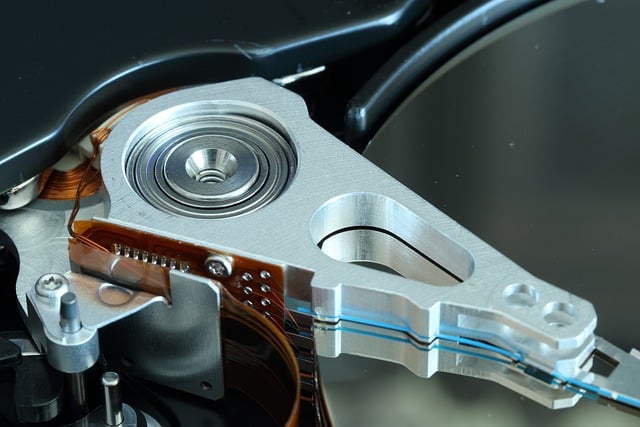
A solenoid is a coil that produces a high intensity magnetic field.
The coil that, due to its design, generates a high intensity magnetic field is called a solenoid . This cylindrical coil has a conductive wire that is wound in such a way that the current causes the formation of an intense magnetic field. It is worth mentioning that in its etymology we find the union of two terms of Greek origin that can be translated as "tube-shaped", which is consistent with the appearance of the solenoid.
The current circulates through the solenoid's conductive wire and the field is generated: the larger the coil, the more uniform the field is inside. According to the core , the solenoid can act as an electromagnet .
The solenoid is used in a type of valve called a solenoid valve . The opening and closing of these valves are produced by electrical pulses and can be controlled, in certain cases, by means of a program .
Solenoids in cars
We can find solenoids in cars . The vehicle's starter solenoid , when the key is turned, is coupled to the starter motor through a shaft and generates the movement necessary for the engine to rotate.
This solenoid therefore receives current when the key turns; This current begins the procedure to force the start, including actions on a piston, a pinion and the crankshaft of the engine. Once the engine starts spinning, the fuel reaction allows it to generate its own energy. In this way, turning the crankshaft is no longer necessary.
It should be noted that when the key goes from “start” to the “on” position, the solenoid is deactivated. This means that the cylindrical coil stops sending current to the starter motor.
The most notable benefit of using the solenoid can be seen when carrying out certain experiments in the field of physics, and is the uniformity it offers, as mentioned in previous paragraphs. On the other hand, it also has some disadvantages, such as that it cannot generate a high magnetic field if it does not have a cooling system and expensive equipment , and that it is less direct than Helmholtz coils.

Cars have a solenoid.
Helmholtz coils
Helmholtz coils , for their part, have a circular shape and share the same axis, as well as the same level of current that flows in a single direction, and are used in laboratory techniques that seek a highly uniform magnetic field. To make the central field as uniform as possible, the coils must be located at a distance from each other equal to their radius .
The French physicist and mathematician André-Marie Ampère , who was born at the end of the 18th century and lived until the mid-19th century, was the first person to coin the term solenoid, and he did so in 1820. At that time, he was working on an experiment that had circular currents as its main topic.
It does not happen so often to come across an invention so old that it continues to have relevance today, especially if we consider that its use takes place in the field of science , where constant advances leave many discoveries obsolete.
Calculations linked to the solenoid
The formula to calculate the magnetic field in the middle third is the following: B = mNi / L. The variables involved in this equation are the magnetic permeability (m), the number of turns (N), the current that circulates (i) and the total length .
On the other hand, with these same elements it is possible to calculate the magnetic field of the ends. To find this approximation it is necessary to make a single change: multiply the length of the solenoid by two before dividing the result of the product mNi .
